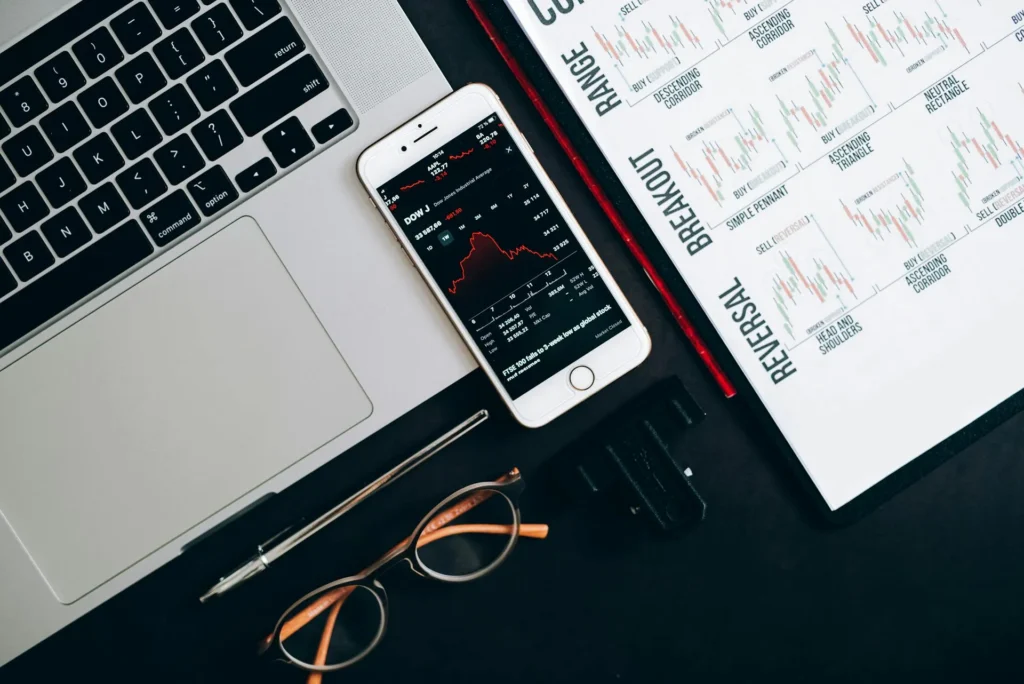Are meme stocks back in 2025? Short answer: yes—but they’ve evolved. The retail-driven momentum trade has returned in bursts this year, fusing social-media coordination with faster, options-heavy tactics. The result is a market that can still produce breathtaking single-day pops—followed just as quickly by sharp givebacks—without (so far) the across-the-board mania of early 2021.
Retail firepower hasn’t gone away—it’s matured. One useful tell: mainstream coverage now tracks retail’s footprint as a standing force, not a novelty. Recent reporting pegs retail at a meaningful slice of U.S. equity volume, and the Opendoor saga shows how coordinated online investors can now shape both price action and corporate narratives. A loosely organized crowd helped drive Opendoor from pennies to multiple dollars over the summer, then turned on management and helped precipitate the CEO’s resignation—an extraordinary demonstration that “meme power” now extends beyond ticker chatter into boardroom pressure.

What’s changed since 2021?
- Faster triggers. In early January, a single cryptic post from Roaring Kitty ignited a sharp move—this time in Unity Software—reminding everyone how quickly attention can pivot and translate into price. That reflex still exists; it’s just more opportunistic and cross-ticker than before.
- Options as the accelerant. Zero-days-to-expiry (0DTE) contracts have become a default lever for traders who want convex payoffs without large cash outlays. In May, 0DTEs accounted for well over half of S&P 500 options volume, and exchange commentary suggests retail traders make up a large share of this activity. This doesn’t just amplify meme bursts—it shortens their lifespan, because the same options flow that pushes prices up can vanish at the closing bell.
- A broader, more rotating target list. Rather than a single “GameStop/AMC” axis, 2025’s action has ricocheted across pockets of the market—from legacy meme names around earnings to newly anointed tickers that catch a narrative. Lately, even shorthand baskets like “DORK” (Krispy Kreme, Opendoor, Rocket, Kohl’s) have trended on social channels, underscoring how social sentiment can cohere around new symbols quickly.
- Less endurance, more pulses. AMC still delivers classic meme-style reactions—an earnings beat sent shares jumping in premarket trading in August—but the follow-through has been inconsistent. By early September, AMC notched a string of down days and sat more than 50% below its 52-week high, a reminder that excitement fades fast once the catalyst passes.
- Sentiment tools got smarter. Compared to 2021’s raw “hype,” today’s retail cohorts lean on AI-aided dashboards—tracking short-interest estimates, options flow, and keyword velocity on Reddit/X/TikTok—to front-run where the crowd might go next. That sophistication is part of why social-buzz indices and “most mentioned” baskets have outperformed at times this year, even as pros warn about froth.
Why this matters for the market
Liquidity pockets and air pockets. Meme bursts are like micro-squalls: they create dense local liquidity (lots of prints) but also air pockets when the music stops. For market makers and dealers, retail-driven call buying can force hedging that mechanically lifts prices (gamma squeezes). But when those options expire or are unwound, that same mechanism can reverse, adding downside velocity. The expansion of 0DTE activity makes these feedback loops intraday phenomena, not multi-week arcs.
Crowd conviction vs. corporate reality. The Opendoor episode shows the crowd can now pressure strategy—and leadership—directly. That can surface missteps faster, but it also risks steering companies toward narrative-pleasing moves that don’t pencil out. Boards are discovering they have a new stakeholder bloc with a bullhorn.
Macro cross-currents. The latest rallies have occurred amid cautious institutional positioning and seasonal fragility. That backdrop helps meme surges stand out (there’s less competing bid from hedge funds), but it also means drawdowns can bite if the crowd suddenly de-risks.

So… are meme stocks “back”?
They’re back as a playbook more than a permanent basket. In 2025, the meme dynamic looks like a repeatable pattern: (1) a spark (cryptic post, quirky catalyst, or earnings surprise), (2) rapid social propagation, (3) options-driven upside pressure, (4) abrupt fade as hedging flows normalize and attention rotates. Retail’s influence is large enough to move individual names and, during peaks of speculative appetite, to color broader tape action. In August, for example, commentators noted how speculative bets were powering parts of the market to records and emboldening investors—an echo of the “invulnerable” mood that often precedes volatility spikes.
Practical takeaways for traders and investors
- Time horizon is destiny. If you’re trading, accept that the edge comes from speed: identify the catalyst, watch options flow and social velocity, and plan exits before the crowd thinks about them. If you’re investing, assume the “meme premium” is transient and pressure-test the fundamental path once the buzz fades. Recent AMC price action—up on a beat, then sliding weeks later—illustrates the gap between narrative bursts and durable cash-flow stories.
- Respect the options plumbing. Track open interest and near-dated strikes around key dates. Spikes in same-day calls can point to an oncoming gamma chase; equally, a desert of fresh OI after the catalyst is a warning that support may vanish at 3:59 p.m.
- Don’t overgeneralize. GameStop/AMC aren’t the only—or even the best—thermometers anymore. In 2025, new tickers can become meme magnets overnight (Unity, “DORK,” and assorted micro-caps), often with little overlap in investor base. Diversify your “attention screens.”
- Mind the macro. If institutions are light and buybacks are in blackout, retail surges can run further—but reversals can be gnarlier if liquidity gaps open. Keep a calendar view of seasonality and policy dates alongside your watchlist.
Bottom line:
Meme stocks in 2025 are less a single story than a recurring market weather pattern—short, violent squalls that can reshape a chart, a quarter, or even a C-suite, but only rarely a company’s long-term value. If you treat them as weather—monitor, prepare, and avoid overstaying under the storm cloud—you can participate without getting swept away.